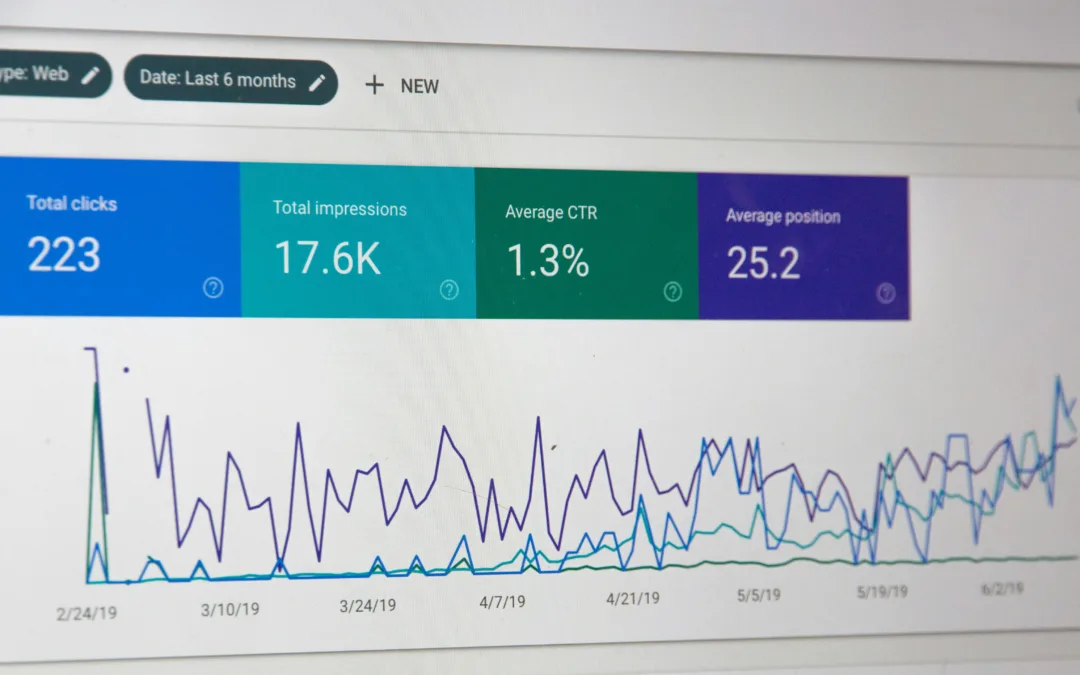Unlocking the Power of Visual Advertising: Understanding the Difference between Display Ads and...

iPoint Insights (blog)

Unlocking the Power of Visual Advertising: Understanding the Difference between Display Ads and...

In the ever-evolving digital landscape, the importance of accessibility cannot be overstated. As...

In the fast-paced and ever-evolving landscape of technology, small businesses often find...

In the ever-evolving landscape of digital marketing, the game-changer is the ability to harness...

In the ever-evolving landscape of B2B marketing, email continues to be a powerful tool for...

The decision to redesign your business website is a significant step toward enhancing your online...
When it comes to analyzing website traffic, two essential sources often come under the spotlight: direct traffic and organic traffic. Understanding the differences between these two types of traffic is crucial for business owners seeking to optimize their online presence. In this blog post, we will delve into the nuances of direct traffic and organic traffic, unraveling their distinct characteristics, sources, and implications. By grasping these disparities, you can make informed decisions to enhance your website’s visibility and engage your target audience effectively.
Direct traffic refers to visitors who arrive on your website by directly typing the URL into their browser or using a bookmark. It represents individuals who have a clear intention to visit your site, often propelled by prior knowledge or familiarity with your brand. Direct traffic can also include visitors who access your website through non-clickable sources such as email, offline marketing efforts, or mobile applications.
Organic traffic refers to visitors who land on your website through search engine results pages (SERPs) without any paid advertising. These visitors discover your website by entering relevant keywords or phrases into search engines like Google, Bing, or Yahoo. Organic traffic is often driven by search engine optimization (SEO) efforts, where your website’s content, structure, and relevance are optimized to rank higher in search results.
Differentiating between direct traffic and organic traffic is crucial for several reasons:
To summarize, direct traffic and organic traffic are both important sources of website traffic and both are great to have, but they provide different insights to who is accessing your website and why. Simply put, direct traffic is usually from people who have some level of awareness of your website, such as existing customers or someone who saw a billboard advertising your services, while organic traffic is typically new prospects in search of someone providing your goods/services.